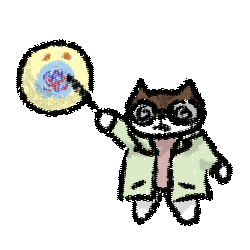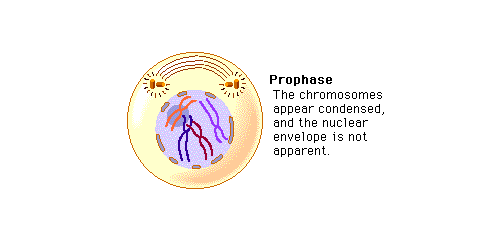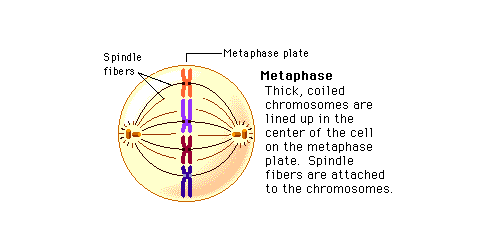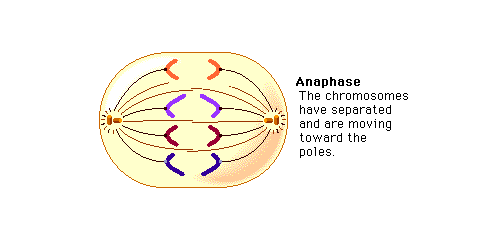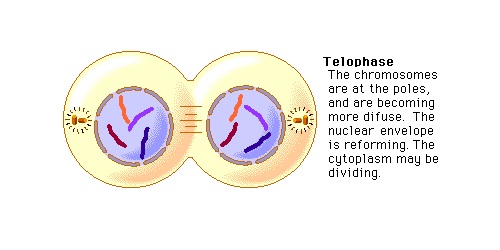|
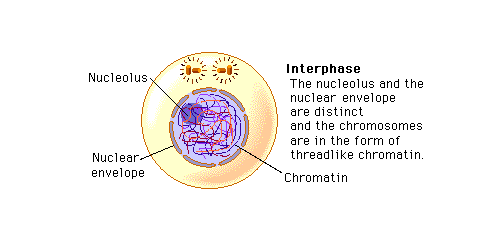
|
[Meowllo! It is still Professor Mayto speaking (meowing)?.. In any case, I have turned myself into a diagram! As an experimental cat, this is an ability given to me by my meowsters! They are verrry kind.]
Before entering mitosis, a cell spends a purr-eriod of its growth under interphase. It undergoes the G1, S, And G2 phases. G1 is the period before the synthesis of DNA, while S is the phase during which DNA synthesis takes place. The final phase is G2, which is the end of DNA synthesis and the beggining of prophase!
Throughout these phases, there are checkpoints to determine a cell's aptitude in undergoing mitosis! If it fails, it will execute aptosis (self destruction of cells). Truly meownfortunate!
|
|

